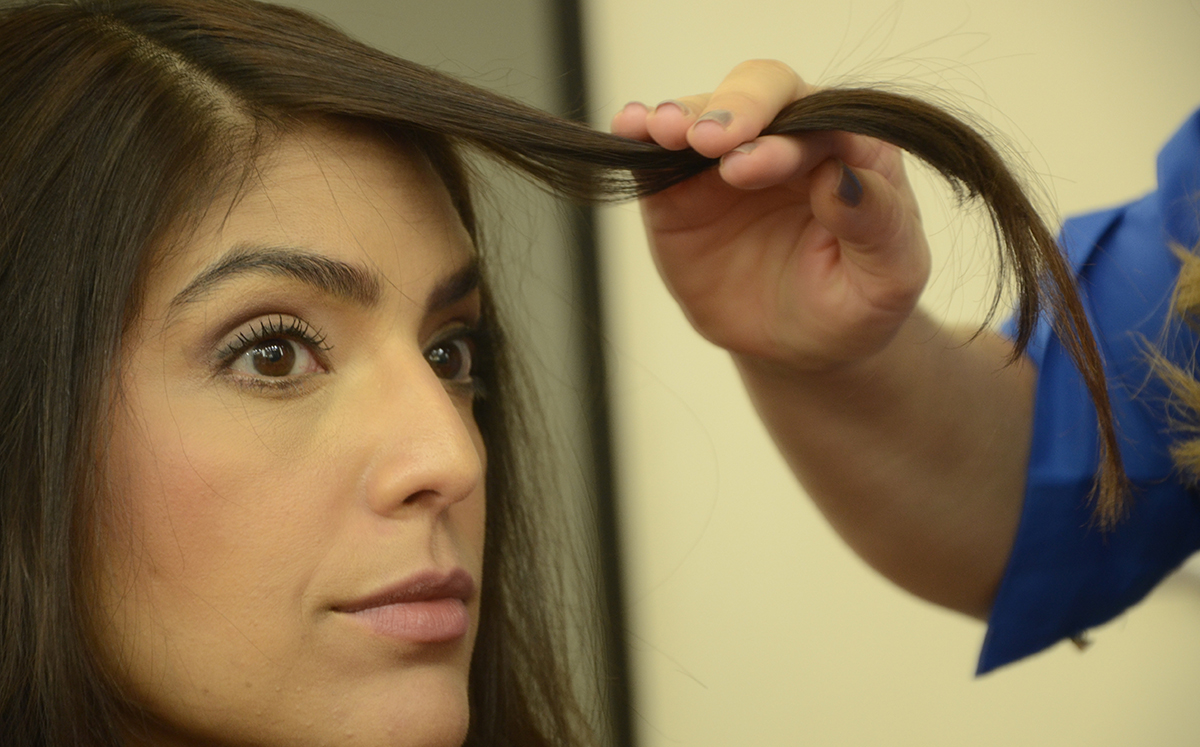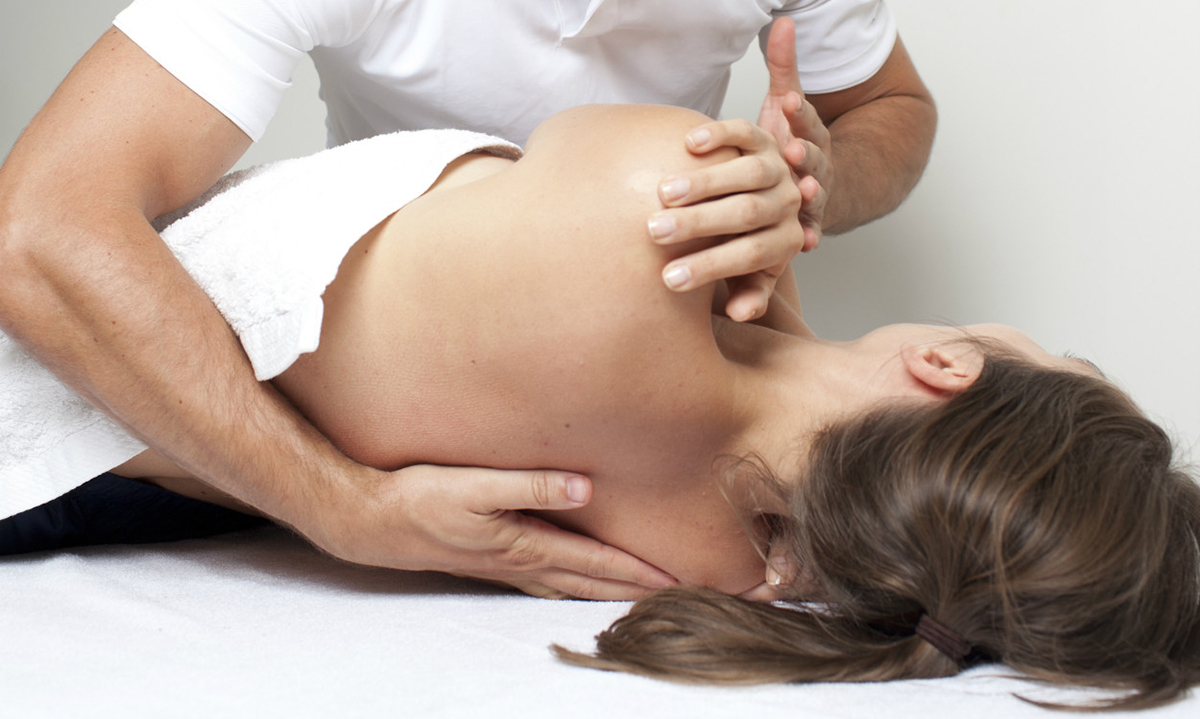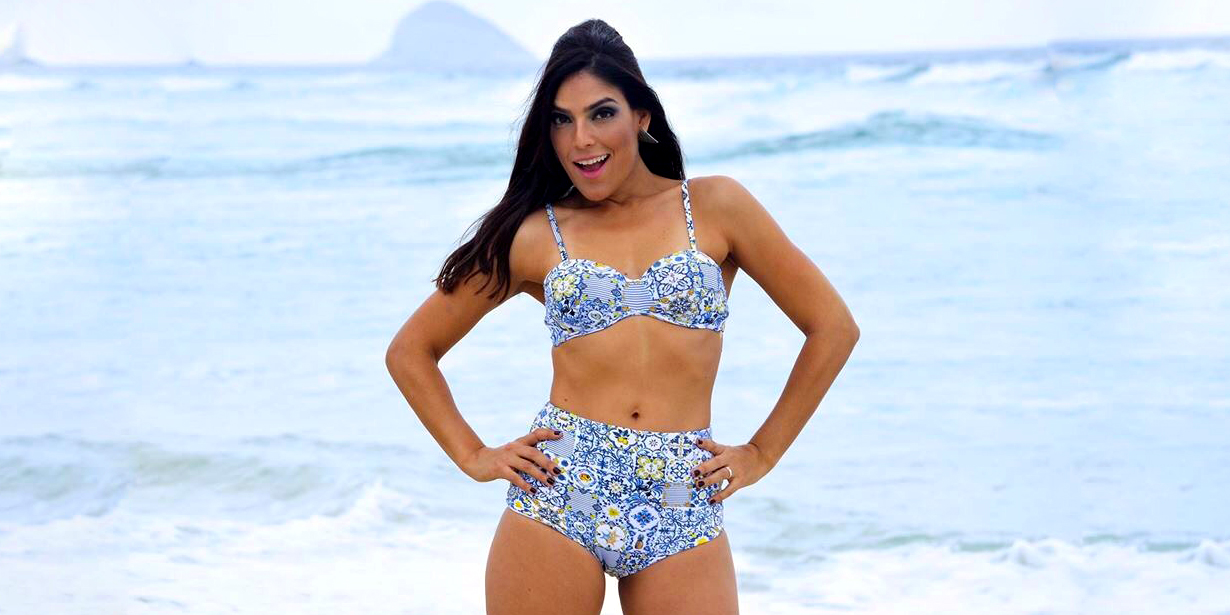Physiotherapy may be the shortest way to become a high performance Paralympic athlete. Either by congenital or acquired diseases, all patients need to undergo a physical therapy at some point in life.
To talk about the importance of physiotherapy in the recovery and rehabilitation of patients with a disability, our Blog, Sport & Health, spoke with Dr. Marco Mieres, Physical Therapist at ANDEF (Association of the Physically Impaired of the city of Niterói), considered today one of the biggest organizations for treatment of disabled people in Brazil and in the world, and also the headquarters for the training of Paralympic athletes of national and international prominence.
According to Dr. Marco, when it comes to congenital diseases, i.e., diseases from birth, in most cases the child or even the baby comes to physical therapy to treat problems of posture or movements within their limitations. Sports can come in a natural way or with the encouragement of physical therapist or technician of the sport category.
But when physical therapy becomes one of the fundamental tools in the journey, which is rehabilitation, the routine can become more difficult. At this point, sports come into the scene.
“Practicing sports is a second step in the rehabilitation process. After that, the patient is able to carry out his DLAs (daily living activities), and the sport is presented as an addition to the rehabilitation process. It could come in terms of high performance or just as a recreational part. Sports have become fundamental tools because, in most cases, we received depressed people, thinking that the world is over for them. But then, as soon as we presented them to sport activities, this opens for them a new world of possibilities. They become more accepting of their disability, learning to live with it, and not seeing the injury as a limitation,” says Dr. Marco Mieres
As it happens in the Olympic sports, in the Paralympics many people are born with the gift for a specific sport ability. Sometimes they have to go through various sports to identify and choose the best one for them. And it is regardless of age, because in Paralympic sport many athletes come up older than an athlete with no disabilities, the results are important in life and in competitions.
Dr. Marco Mieres explains that at ANDEF today they work with five sports modalities, such as Athletics, Weightlifting, Bocce, Swimming and Seven Football (team of seven players) and also sports for the community. The rehabilitation work meets the most diverse cases of musculoskeletal disorders, and neurological disabilities. All those who go through rehabilitation, achieve independence and then are forwarded to the sport or the labor market. Life goes on!
Physical therapy is a mean of independence for those with disabilities and can be done jointly with the sport. It provides quality of life and socialization, and happiness, therefore, depends only on the patient’s will and that he believes in it. After all, we all have limitations and we can overcome them!
And if the sport activity results in earning medals, an honor for the country, it will be even better!
Meet ANDEF http://www.andef.org.br
See the video of swimmer André Brazil, one of the greatest Paralympic athletes of Brazil with 31 gold medals, 9 silver and 3 bronze, and six world records. Thanks Andrew! We are rooting for you!!











